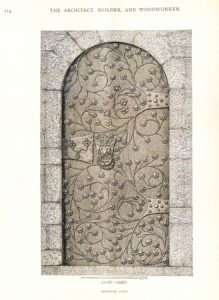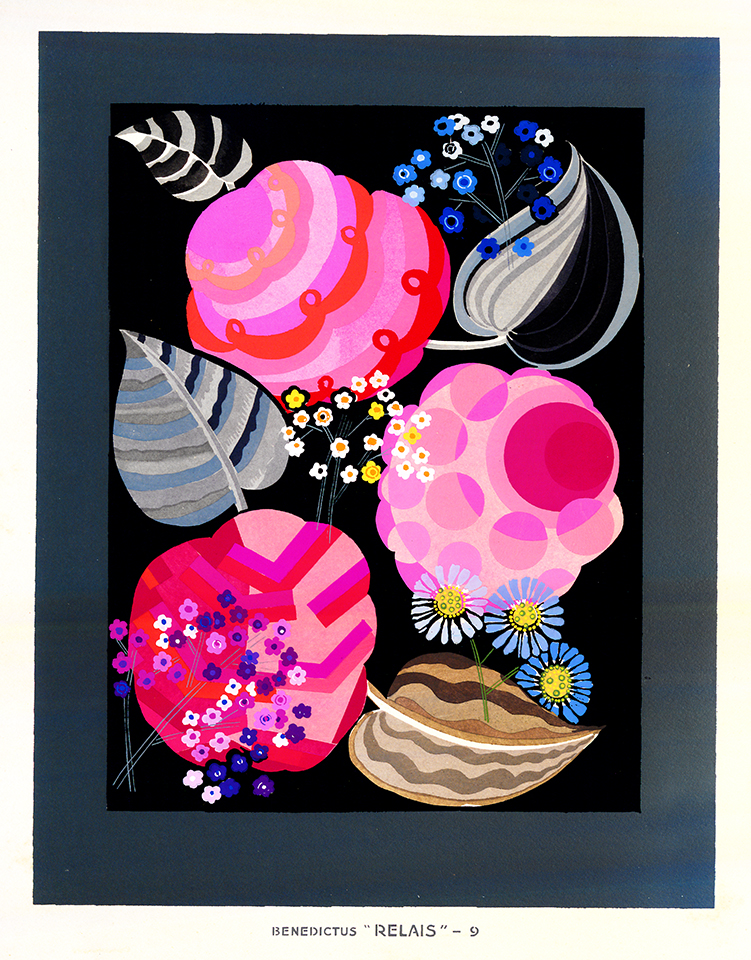This is the sixth in a series of posts about the Art Deco resources at the Cooper Hewitt, Smithsonian Design Museum library. Each post will highlight primary resources which contain the styles more »
Tag: interior design
According to the author’s text in The Home Decorator and Color Guide (1939), the images in this booklet, “are not meant to be examples of what in any absolute sense more »

The Cooper Hewitt Library collects a variety of trade periodicals, especially those dealing with architecture and the building trades. The Architect, builder and woodworker is a journal of industrial art that offers practical and technical information for anyone with the skill and interest in designing a home or other building. We own nearly 100 issues ranging from 1875-1895. Architecture as a profession at this time was just emerging; master builders, draftsmen, and craftsmen created structures and the features and furnishings in them
This post was written by Brittney Falter, a graduate student at George Mason University and social media intern at the Smithsonian Libraries. Le Garde-meuble, ancien et moderne (Furniture repository, ancient more »
This post was written by Mae Colburn, a graduate student in the History of Decorative Arts and Design program at Parsons the New School for Design. Her focus is textiles. This post first appeared on the Cooper -Hewitt, National Design Museum’s Object of the Day blog.
Novelties in Laces for Furniture and Decoration is a set of one hundred and fifty color lithographic prints depicting over one hundred and ninety unique tassel and trim designs. The designs incorporate gimp, braid, galloon, bows, flies, and bobbles. Color reveals details of ply, twist, pile, and luster, and highlights and lowlights provide a sense of dimension. The prints are housed in a custom storage box bearing the date 1880. Also in the box is the leather-bound presentation folder, pictured above on the left. The folder describes the object’s place of origin, Vienna, and maker, Philip Schwarz, “Manufacturer of Laces.” Also on the presentation folder is Schwarz’s business address, “ZiegerGasse 11,” in what was then an important business district near the major shopping street, Mariahilfer Strasse.


